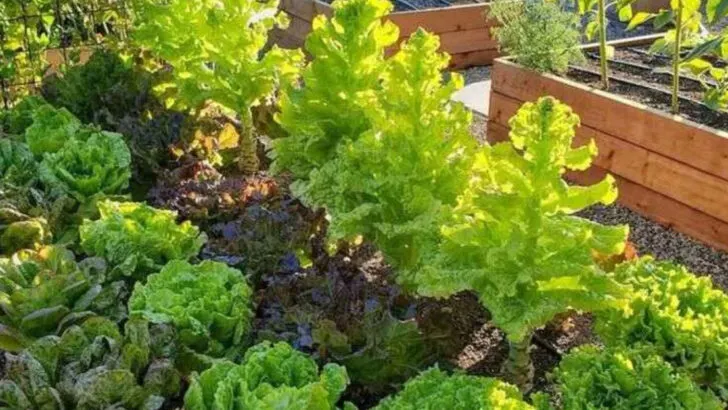In uncertain times, having access to your own food isn’t just comforting—it’s empowering. If you’re serious about long-term food security, the garden can be more than just a hobby. It becomes a strategic resource. Whether you’re preparing for economic shifts, supply chain issues, or simply aiming to become more self-reliant, knowing which plants will sustain you matters more than ever.
But not all crops are created equal. Some provide little nutrition or are too delicate to count on when conditions are rough. The best choices for food security are those that are nutrient-dense, easy to grow, storable, and productive over time. These are the plants that can feed you now and continue producing when you need them most—even without constant upkeep or perfect conditions.
In this article, we’ll walk through 17 essential plants that homesteaders, preppers, and serious gardeners rely on to build a dependable, resilient food supply. From calorie-rich staples and protein-packed legumes to greens and root vegetables that store well, these are the crops that help turn your garden into a real source of food security—season after season.
Potatoes
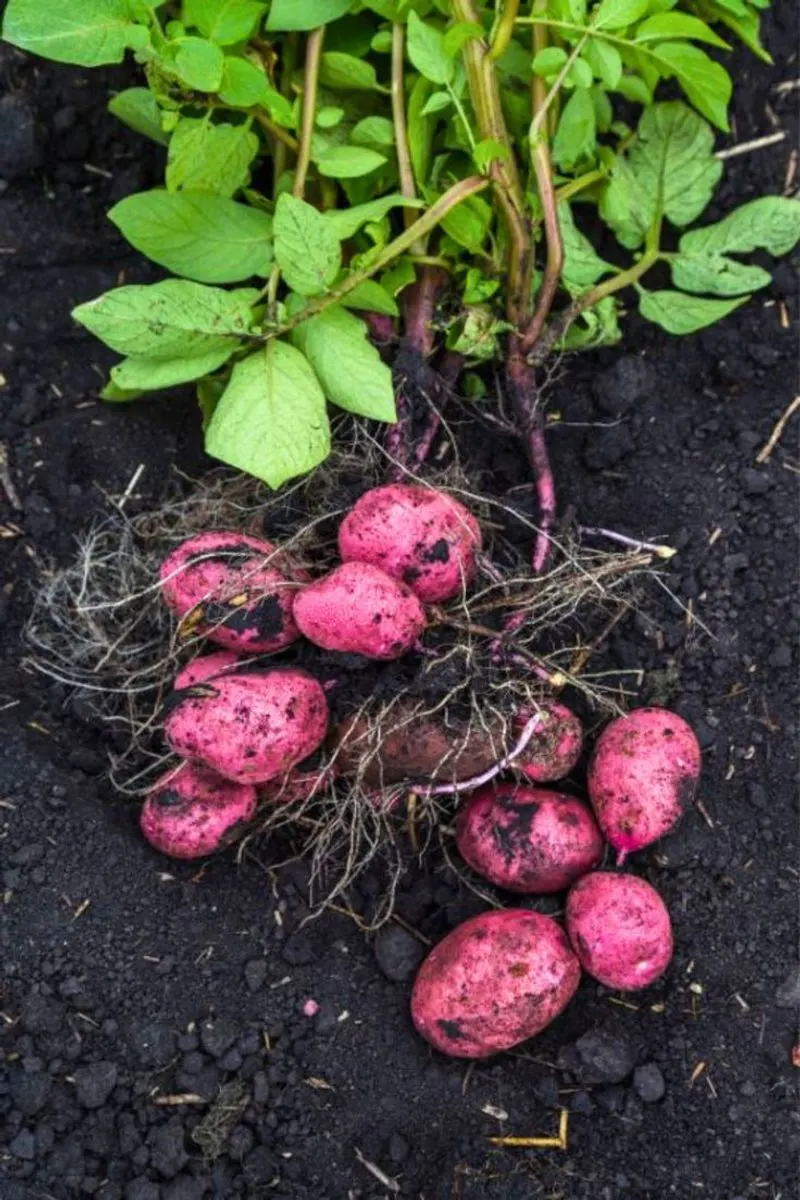
Potatoes are a staple in many diets worldwide, thanks to their versatility and caloric content. These tubers thrive in various climates and soils, making them a popular choice for home gardeners. Begin with quality seed potatoes, planting them in well-drained soil with ample sunlight.
As they grow, mound soil around the stems to encourage tuber production. Regular watering ensures a bountiful harvest. Store the tubers in a cool, dark place to extend their shelf life. Did you know? Potatoes were first cultivated in the Andes mountains over 7,000 years ago!
Tomatoes
Bursting with flavor, tomatoes are a garden favorite. These versatile fruits can be enjoyed fresh or preserved for later use. Choose a sunny spot with well-drained soil to plant them, and use stakes or cages to support their growth.
Water regularly, ensuring the soil remains moist but not soggy. As the plant matures, pinch off any suckers to promote healthy fruit production. Tomatoes come in a variety of colors, shapes, and sizes, offering endless possibilities for culinary exploration. Fun fact: Tomatoes were once thought to be poisonous and are part of the nightshade family.
Carrots
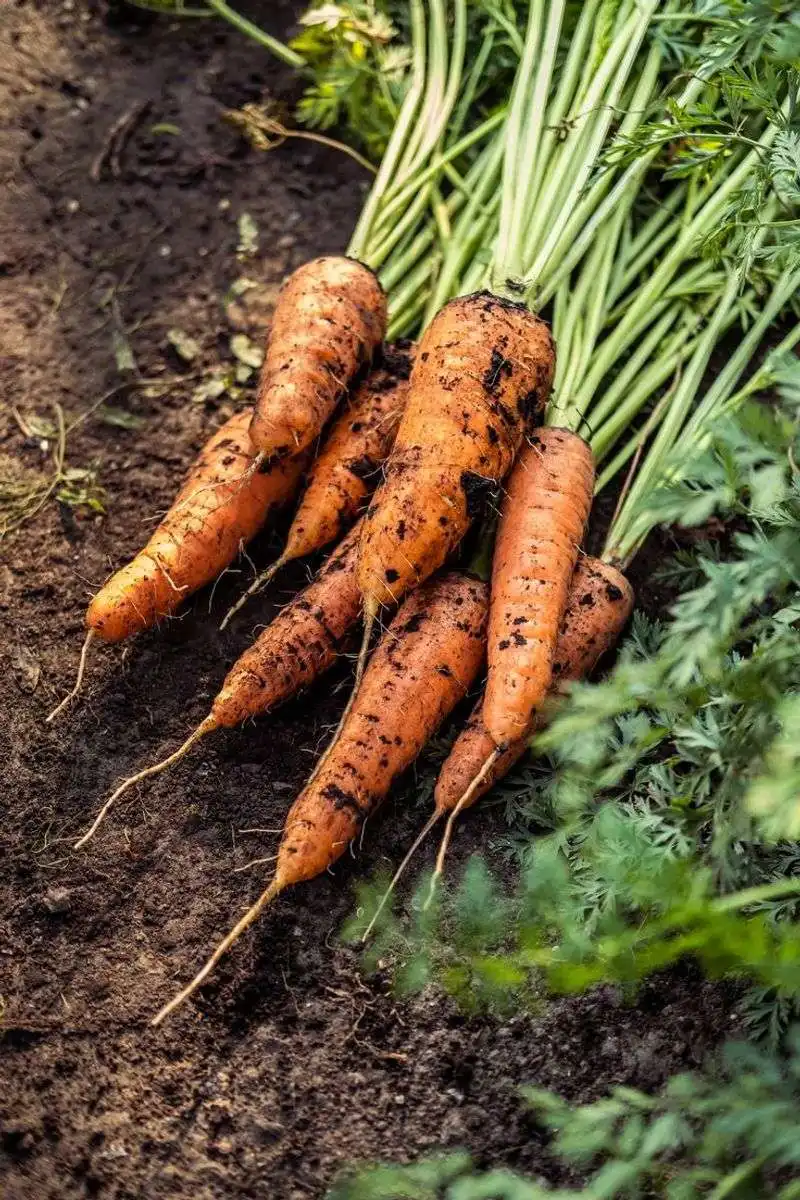
Carrots, with their sweet, crisp taste, are beloved by many. These root vegetables are rich in beta-carotene, essential for good vision. Sow seeds directly into the soil in rows, keeping them thinly spaced to allow room for growth.
They prefer sandy, well-drained soil and thrive in full sun. Regular watering is crucial, especially during dry spells, to ensure even, straight roots. Harvest when they reach the desired size, and enjoy them fresh or cooked. Historically, carrots were originally purple, not the orange we see today!
Beans
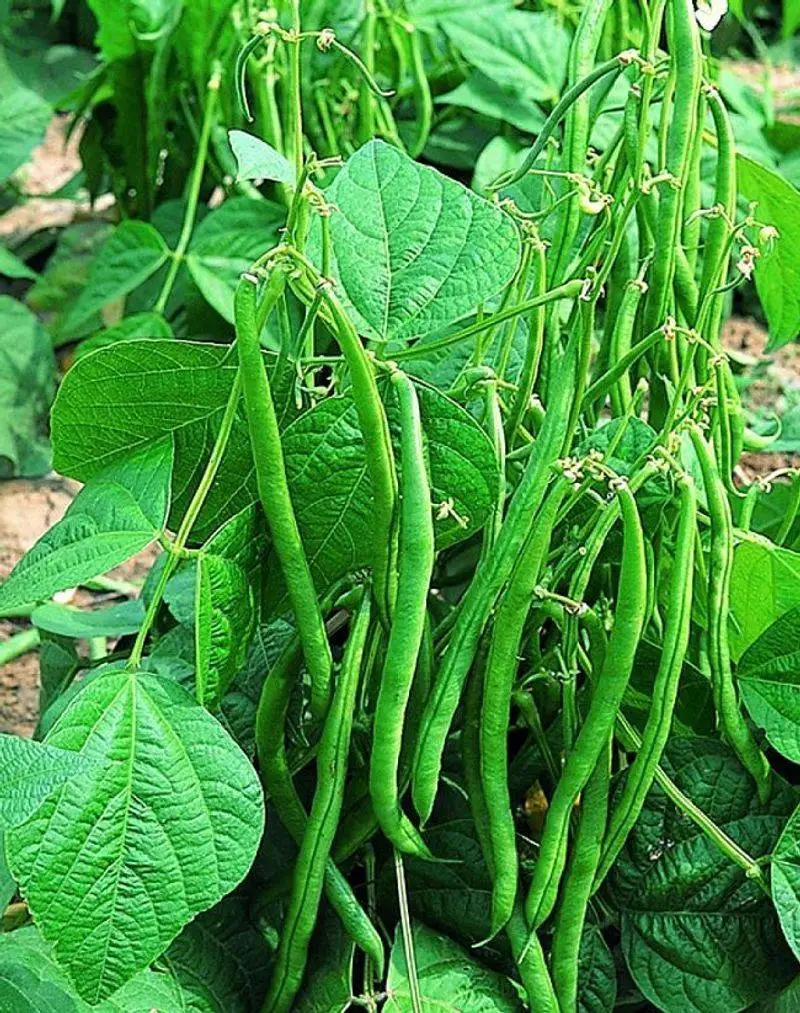
Beans are a powerhouse of nutrition, offering protein, fiber, and essential nutrients. They can be grown as bush or pole varieties, depending on your space and preference. For pole beans, provide a trellis or other support.
Plant in well-drained soil and water consistently. Beans fix nitrogen in the soil, benefiting other plants in your garden. Harvest regularly to encourage more pod production. Beans are so versatile; they can be eaten fresh, dried, or preserved. An interesting tidbit: beans have been cultivated for thousands of years, with some varieties dating back to ancient times.
Spinach

Spinach is a leafy green packed with vitamins and minerals. It’s a versatile plant that can be grown in cool or warm climates. Sow seeds in rich, well-drained soil and choose a spot with partial to full sunlight.
Water regularly to keep the soil moist, and harvest leaves frequently to encourage new growth. Spinach is perfect for salads, sandwiches, and cooked dishes. As a fun fact, ancient Persians introduced spinach to India, and it eventually spread throughout the world.
Zucchini
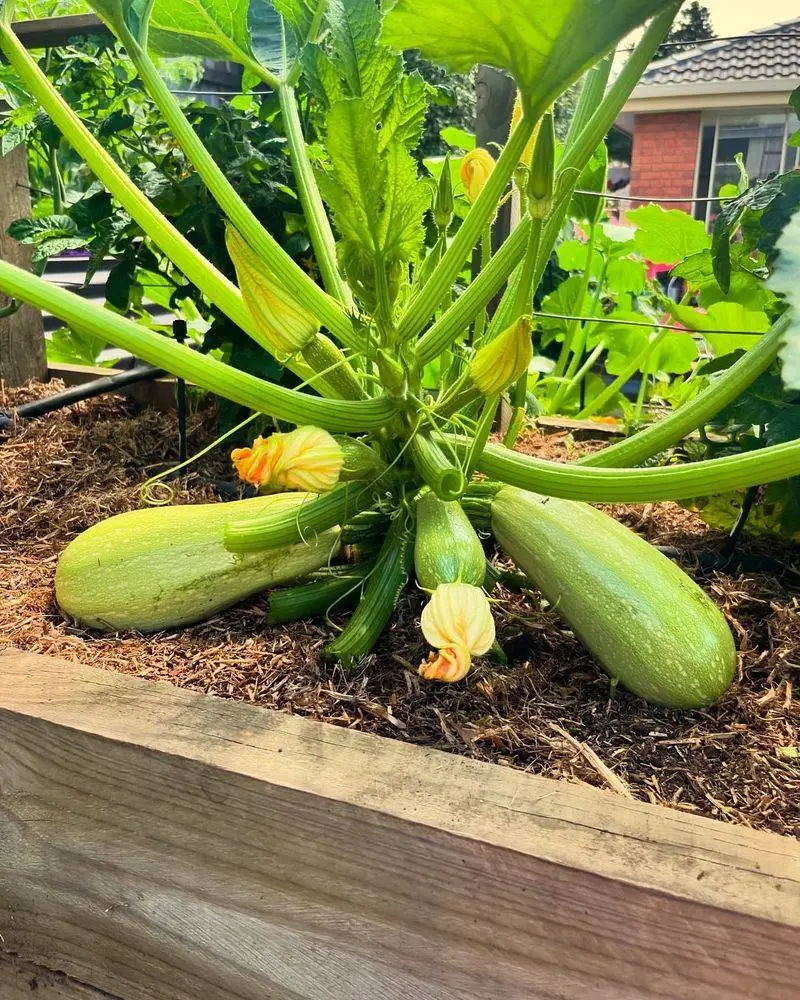
Zucchini is prolific and easy to grow, making it a favorite among gardeners. The plant requires plenty of space, as its vines can spread widely. Plant seeds in well-drained soil with full sun exposure.
Water regularly, especially during the fruiting stage, to ensure tender, juicy zucchinis. Harvest when they are about 6-8 inches long for the best flavor. This versatile vegetable can be grilled, baked, or sauteed. Interestingly, zucchini is technically a fruit but is commonly treated as a vegetable in culinary practices.
Cabbage
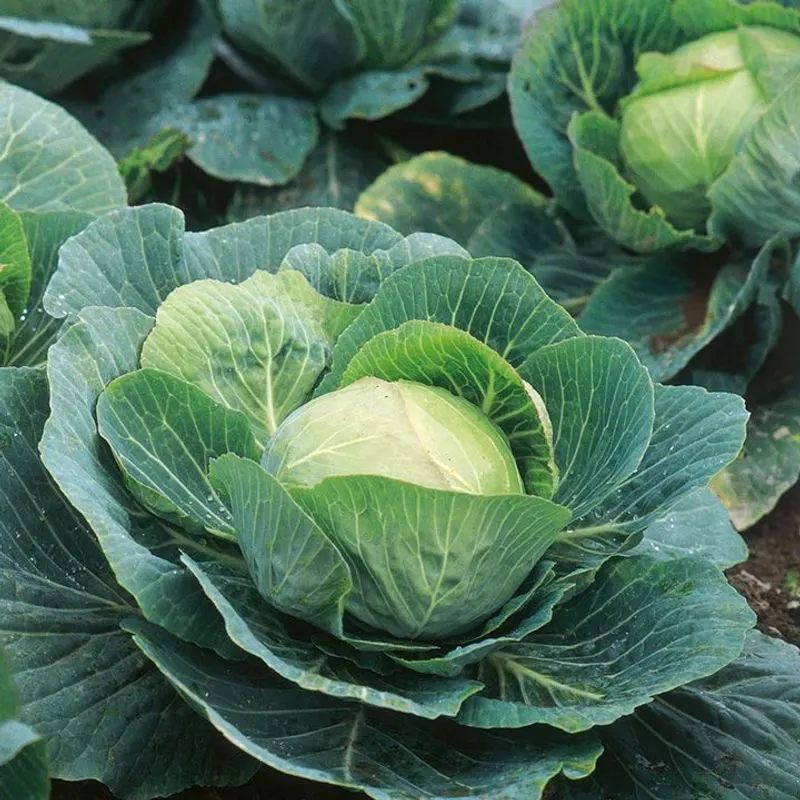
Cabbage is a resilient vegetable known for its dense, leafy heads. It’s a cool-weather crop, thriving best in spring or fall. Prepare the soil by adding compost and plant seedlings in a sunny location.
Keep the soil consistently moist and watch for pests like cabbage worms. Ready to harvest when the heads are firm, cabbage offers a variety of culinary uses, from salads to sauerkraut. Did you know? Cabbage has been grown for over 4,000 years and was a staple in the diets of ancient Greeks and Romans.
Peppers
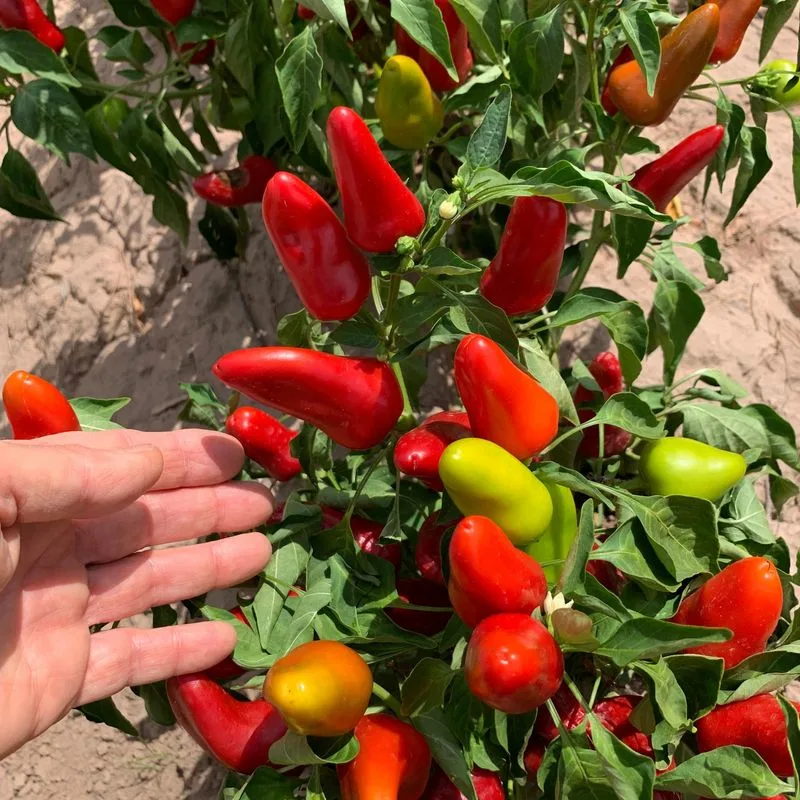
Peppers bring a splash of color and spice to any garden. Whether you prefer sweet bells or fiery chilis, peppers are a versatile choice. Plant them in a sunny spot with well-drained soil, and use stakes for support as they grow.
Regular watering and occasional feeding with a balanced fertilizer will keep them thriving. Harvest when they reach the desired color and size. Peppers are not only delicious but also rich in vitamins A and C. Fun fact: Red peppers are simply ripe green peppers!
Lettuce
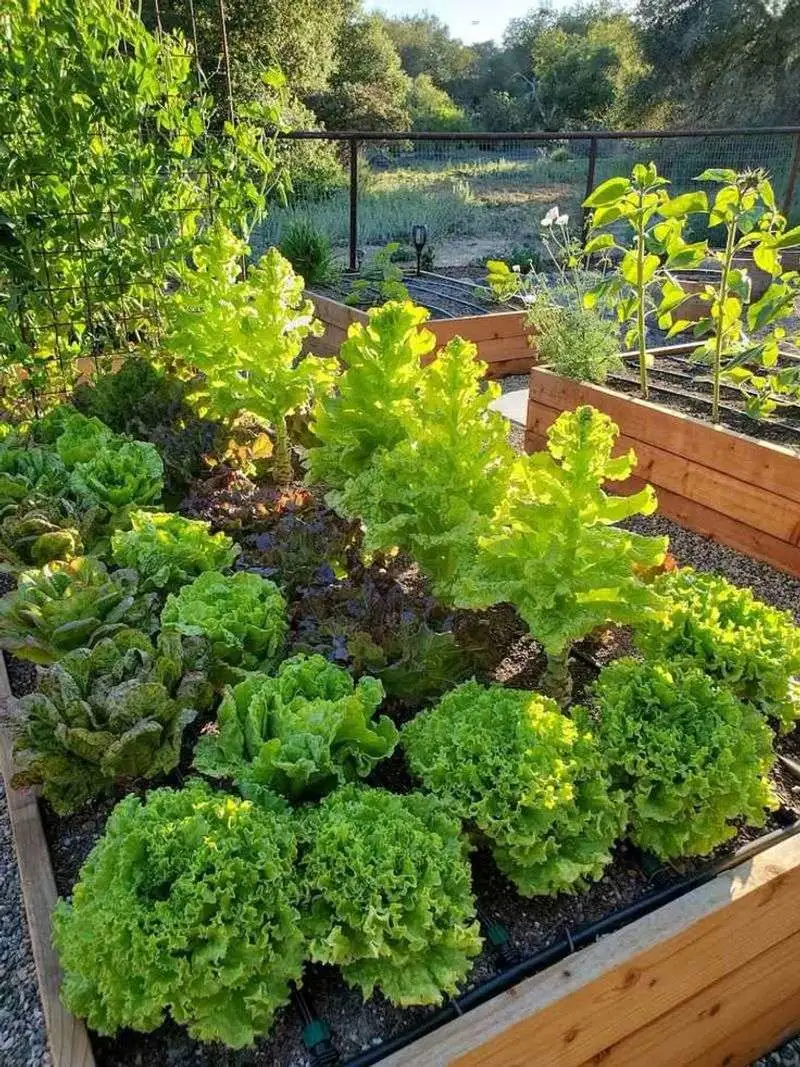
Lettuce is a garden staple, offering fresh, crisp leaves perfect for salads and sandwiches. This leafy green thrives in cool weather, so plant in spring or fall for the best results.
Choose a location with partial shade and rich, well-drained soil. Water regularly to keep the soil moist but not waterlogged. Harvest leaves as needed, or pick the entire head at maturity. Lettuce comes in multiple varieties, from butterhead to romaine, each with its unique texture and flavor. Interestingly, lettuce was first cultivated by the ancient Egyptians.
Corn
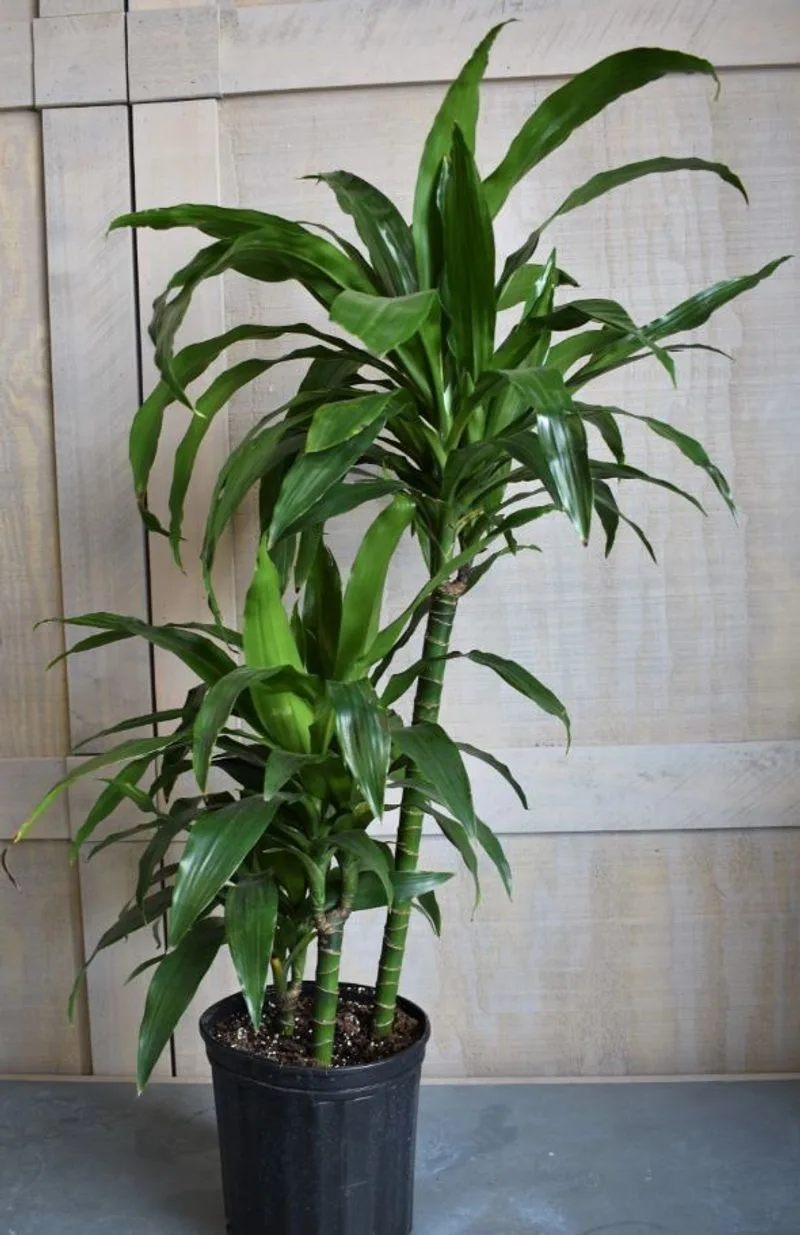
Corn is a staple crop that provides a significant yield in a small area. For successful growth, plant corn in blocks rather than single rows to ensure proper pollination.
Choose a sunny spot with well-drained soil and keep the plants well-watered, especially during pollination. Harvest the ears when the silks turn brown, and the kernels are plump and milky. Corn is a versatile food, enjoyed fresh, canned, or dried. A fun tidbit: corn was first domesticated in Mexico over 9,000 years ago by indigenous peoples.
Garlic
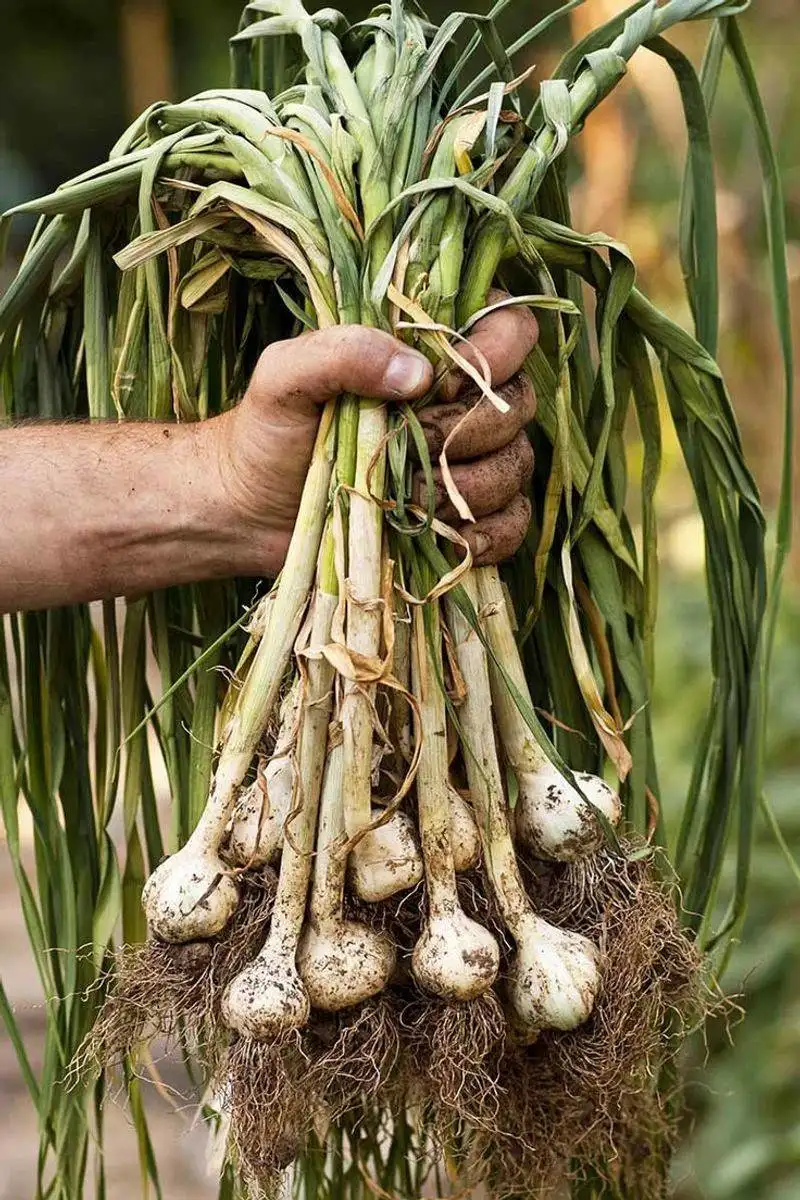
Garlic is a kitchen essential known for its pungent flavor and health benefits. It’s easy to grow and thrives in a variety of climates. Plant individual cloves in well-drained soil during the fall for a summer harvest.
Ensure the bulbs receive plenty of sunlight and water regularly. Once the leaves begin to brown, it’s time to harvest. Garlic can be stored for several months, making it a valuable addition to your food security plan. Fun fact: Garlic was used medicinally in ancient civilizations, including by the Egyptians, Greeks, and Romans.
Squash
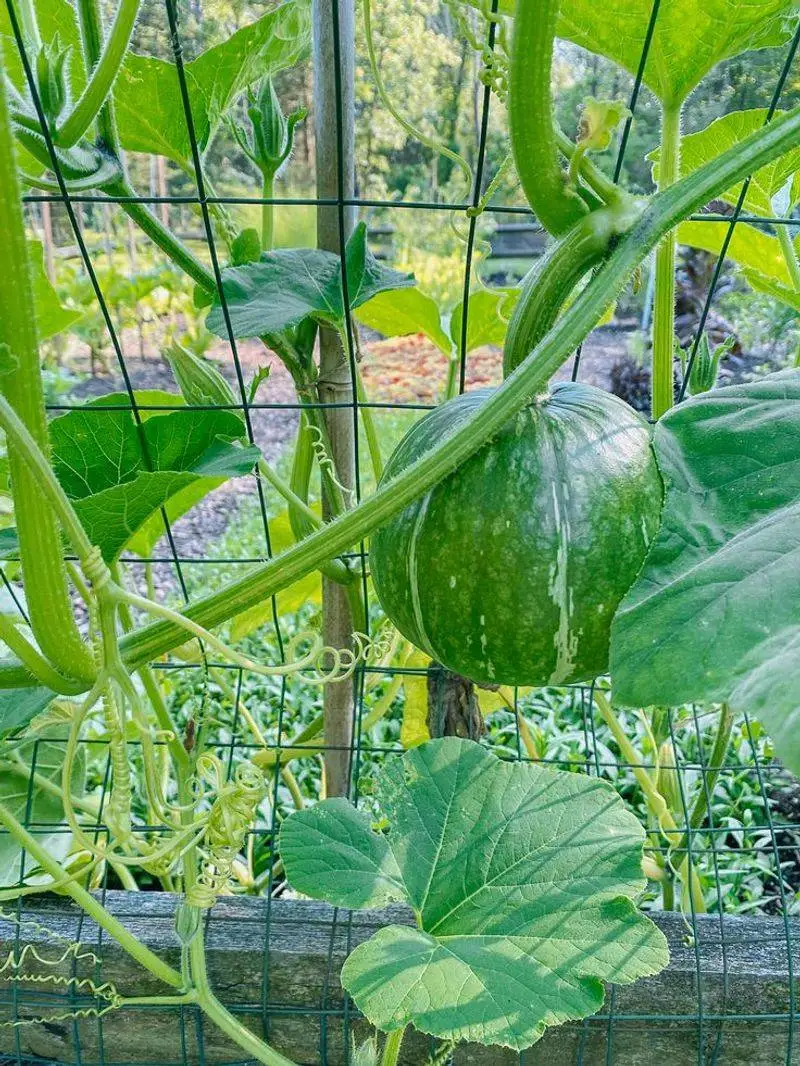
Squash is a diverse plant family, offering both summer and winter varieties. These plants require plenty of space and sunlight, as their vines can spread extensively.
Plant in rich, well-drained soil and water consistently. Harvest summer squash when young and tender, while winter squash should mature fully on the vine. Squash is versatile, used in dishes from soups to pies. A quirky fact: Native Americans planted squash alongside corn and beans in a technique known as “The Three Sisters.”
Kale
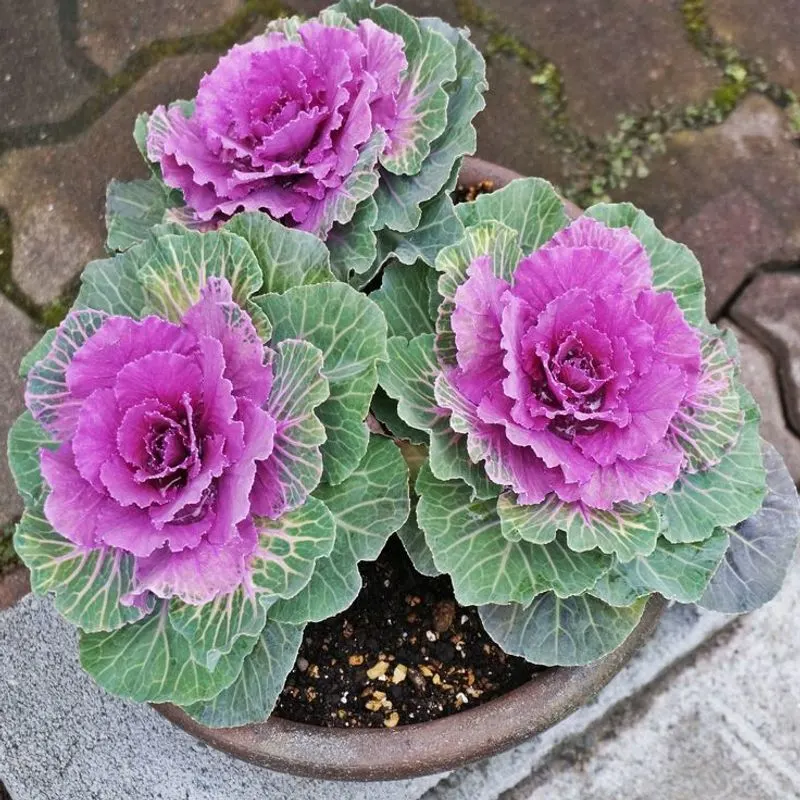
Kale is a powerhouse of nutrition, boasting vitamins A, C, and K. This leafy green is hardy, able to withstand frost, making it a reliable crop year-round.
Plant in well-drained soil with access to full sun or partial shade. Regular watering promotes lush growth, and leaves can be harvested continuously. Kale is excellent in salads, smoothies, and stir-fries. Did you know? Kale has been cultivated for over 2,000 years and was a staple in the diets of ancient Greeks and Romans.
Radishes
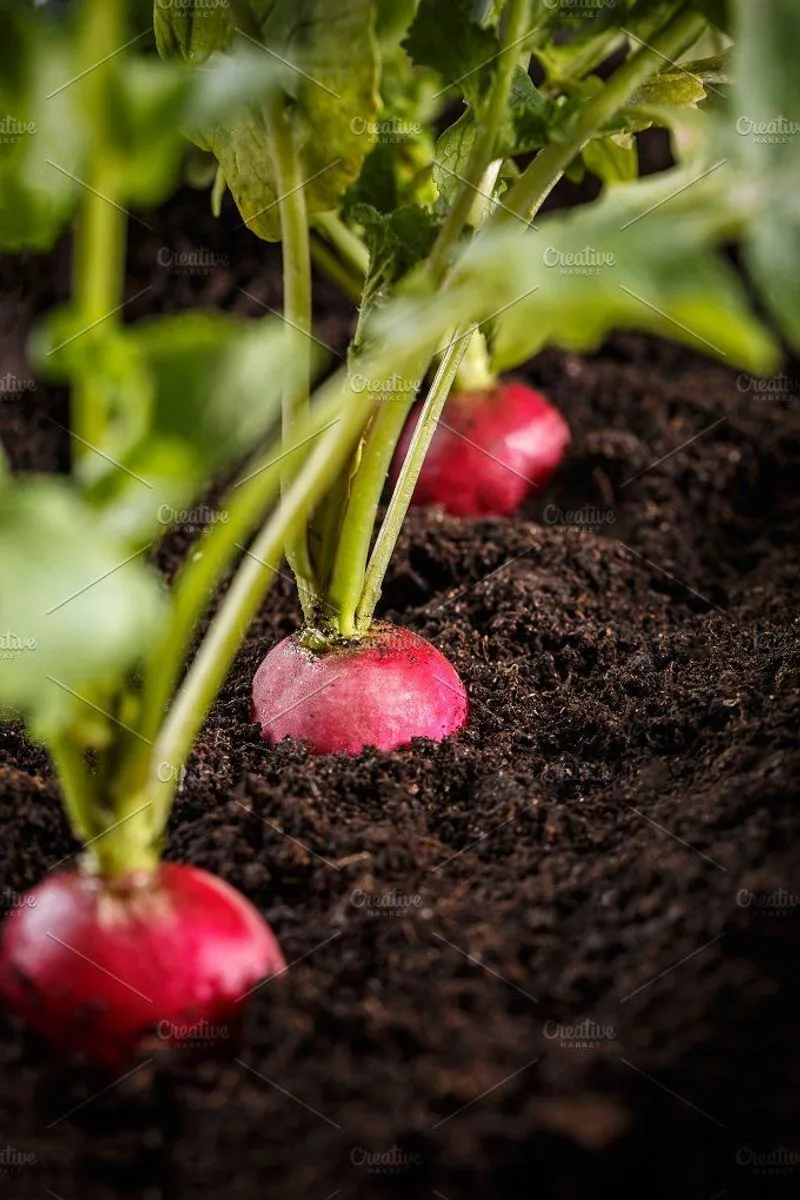
Radishes grow rapidly, making them perfect for quick harvests. These root vegetables add a spicy crunch to salads and sandwiches. Sow seeds directly into loose, well-drained soil, spacing them adequately.
They prefer full sun and should be watered regularly to prevent splitting. Radishes are ready to harvest in just a few weeks. They come in a variety of shapes and colors, offering visual appeal as well as taste. An intriguing fact: radishes were one of the first European crops introduced to the Americas.
Onions
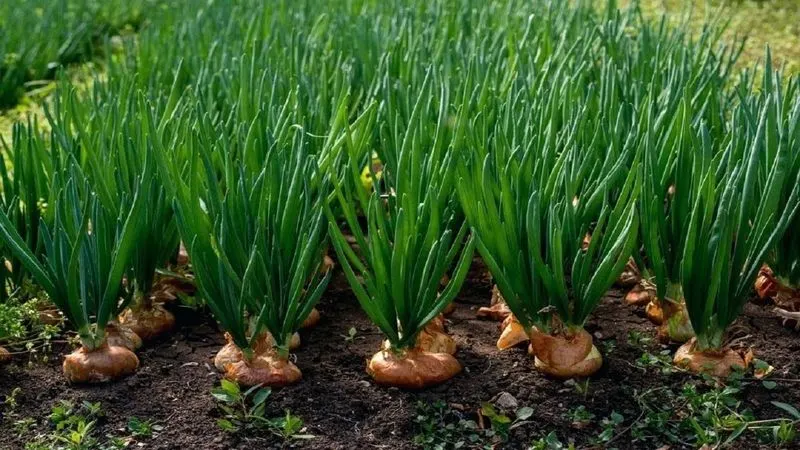
Onions are a culinary staple, adding flavor to countless dishes. They grow well in a range of climates and can be planted in both spring and fall.
Choose a sunny location with well-drained soil and water regularly to ensure bulb development. Harvest when the tops fall over and begin to dry. Onions can be stored for months, providing a lasting supply. Fun fact: Onions were worshipped by ancient Egyptians, who believed their spherical shape and concentric rings symbolized eternity.
Sweet Potatoes
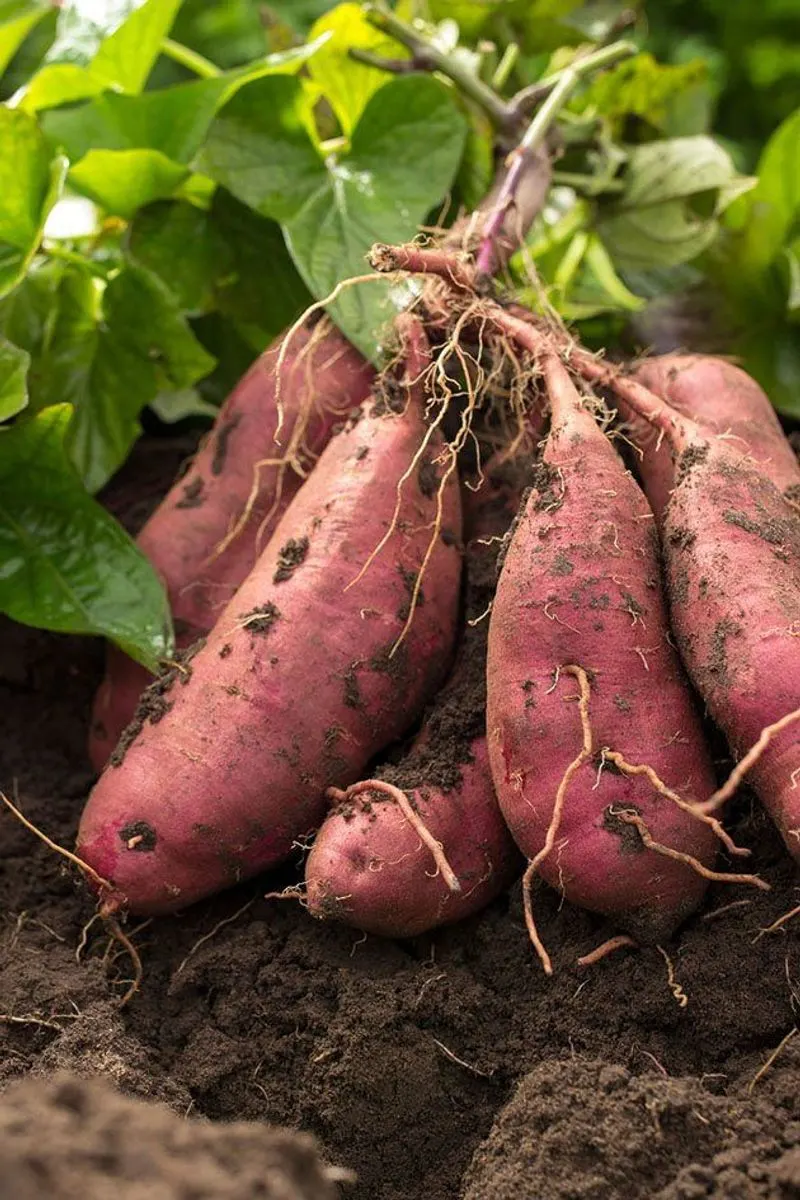
Sweet potatoes offer a hearty, nutritious option for gardens. These tubers grow well in warm climates and require sunny locations with well-drained soil.
Plant slips or cuttings and ensure regular watering. Harvest when the leaves start to yellow, and cure the tubers to enhance sweetness. Sweet potatoes are packed with vitamins and fiber, making them a valuable addition to meals. Did you know? Sweet potatoes are distantly related to regular potatoes and belong to the morning glory family.

